Adenotomy
Adenoids are enlarged (hypertrophied) lymphoid tissue in the nasopharynx (adenoid vegetations/growths, hypertrophy of the nasopharyngeal/pharyngeal tonsil), located in the nasopharynx. The pharyngeal tonsil (adenoids) is a cluster of lymphoepithelial tissue in the nasopharynx. The result of its enlargement is called adenoid hypertrophy, and when inflamed, the process is called adenoiditis. Adenoids are most often observed between the ages of 2 and 6, but can also occur at a later age. The operation to remove adenoids is called adenotomy. In the K+31 clinic, nasal adenotomy is performed on patients of any age.

specialists

equipment

treatment
Indications for adenotomy in children and adults
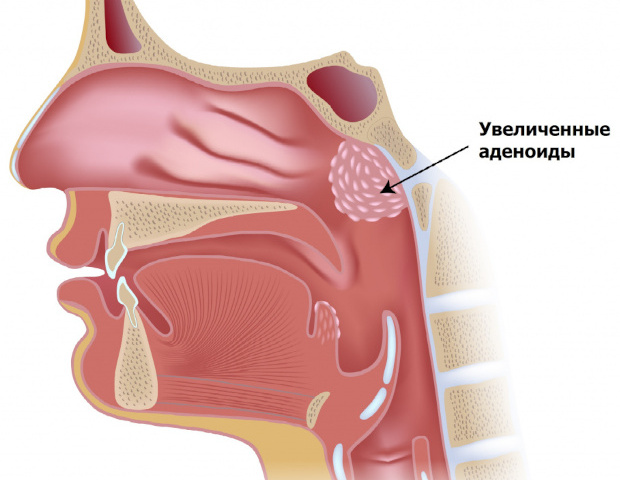
At the early stages of the pathology, the doctor prescribes conservative treatment - physiotherapy and medication. Surgery is necessary if drug therapy has not yielded results. Indications for surgery are determined by the doctor at the appointment! Usually these are:
- Nasal breathing disorder, constant mouth breathing, leading to problems with teeth and bite
- Frequent inflammation of the adenoids
- Obstructive apnea syndrome (periodic cessation of breathing during sleep)
- Recurrent otitis, sinusitis
- Hearing impairment (exudative otitis)
In adults, as a result of ineffective treatment of adenoiditis in childhood, a relapse often occurs. If the hypertrophied pharyngeal tonsils have not been completely removed, they will become inflamed over time if there is a provoking factor. An exacerbation of acute respiratory viral infections or allergies can also cause adenoid growth, in which case the ENT prescribes surgery.
Symptoms of adenoid hypertrophy

Clinical manifestations depend on the stage of the pathological process in the lymphoid tissues. The following degrees of pathology are distinguished:
1 - Adenoids block 1/3 of the nasal passages, snoring appears at night, which intensifies during acute respiratory viral infections.
2 - Blocking of ½ of the lumen of the nasopharynx, accompanied by nasal congestion and periodic sleep apnea.
3 - The lumen of the nasopharynx is completely blocked, there is no nasal breathing. Lack of oxygen provokes constant headaches, irritability, fatigue, and decreased hearing acuity.
At stage 3, typical adenoid facial features are formed: the mouth is constantly open, a mesial bite is formed, the lower jaw is pushed forward and protrudes against the upper jaw, and the posture is bent.
Against the background of adenoiditis, secondary respiratory tract diseases develop: laryngitis, pharyngitis, otitis media, sinusitis, tracheitis, bronchitis. The pharyngeal tonsils are not able to fully perform their function of protecting against bacteria and viruses, so the infection descends lower.

Contraindications for surgery
- Exacerbation of acute respiratory viral infections or chronic diseases
- The operation is planned after recovery and stabilization of the patient's condition
Adenoid removal
Over time, the technique of removing adenoids has undergone significant changes. Previously, this operation was performed under local anesthesia using a special knife (adenotome), blindly. The technique of the operation was based on the sensations of the surgeon's hands. Everything that could be removed was removed, and sometimes what did not need to be removed (tubal ridges) was removed. During the operation, the child experienced stress, the surgeon could not perform the operation in full. Nowadays, such an approach is practically not used, however, it has been preserved in some clinics.
At present, Endoscopic shaver adenotomy is a modern, gold standard of surgical treatment of adenoids in children and adults!
Endoscopic shaver adenotomy is performed under general anesthesia (the child does not see anything, it does not hurt him). The operation is endoscopic, the surgeon sees the entire surgical field (nasopharynx on the monitor screen). To remove adenoids, a special ENT instrument (shaver) is used with a thin cutting nozzle in the form of a tube, up to 3 mm in diameter. Under the control of an endoscope, this method allows excising lymphoid tissue while simultaneously evacuating it through a tube into an aspirator. If necessary, the surgeon immediately stops the bleeding with coagulating tweezers. The operation takes an average of 15-20 minutes. After which the child wakes up and is transferred to the ward to his mother.
During anesthesia, the anesthesiologist monitors the heart and lung function, and monitors the depth of sleep.
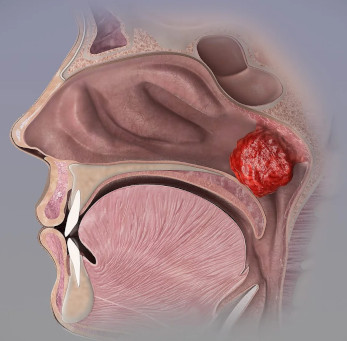
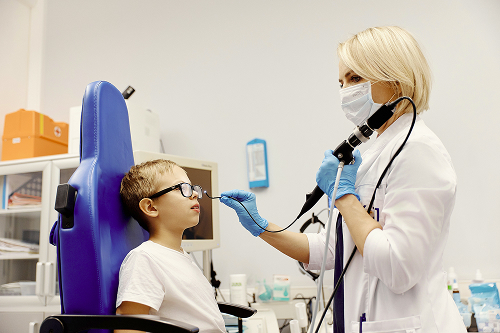
What is an appointment with an otolaryngologist at K+31?
During the initial appointment, the doctor thoroughly questions the patient about their complaints, medical history, and lifestyle. Next, a thorough visual examination of the nose, throat, ear, and larynx is performed. Special tests are prescribed to assess hearing and olfactory acuity.

This award is given to clinics with the highest ratings according to user ratings, a large number of requests from this site, and in the absence of critical violations.

This award is given to clinics with the highest ratings according to user ratings. It means that the place is known, loved, and definitely worth visiting.

The ProDoctors portal collected 500 thousand reviews, compiled a rating of doctors based on them and awarded the best. We are proud that our doctors are among those awarded.
Our doctors
Make an appointment at a convenient time on the nearest date
Price
Other services

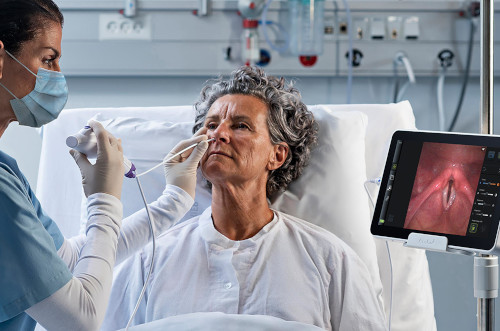
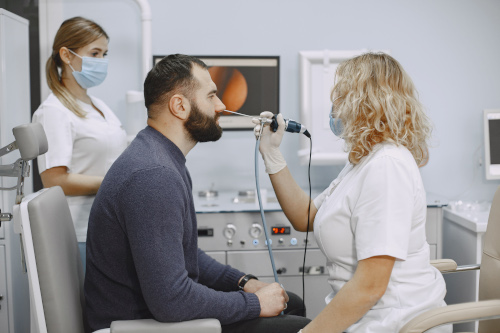


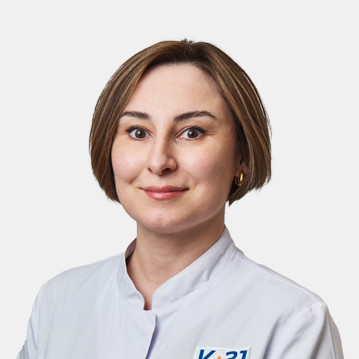
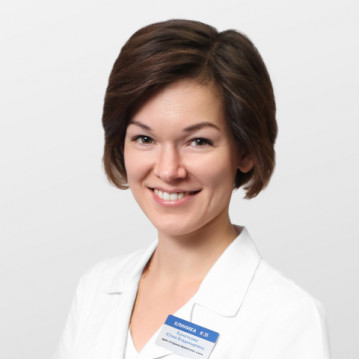

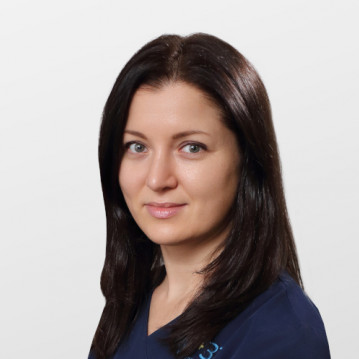
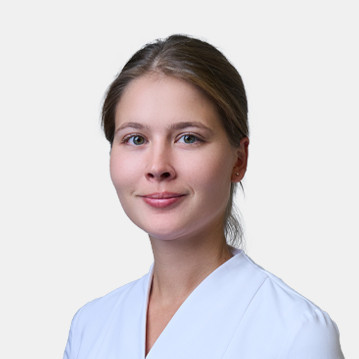
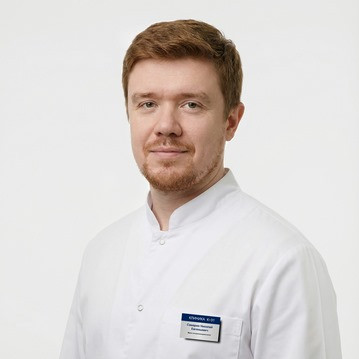
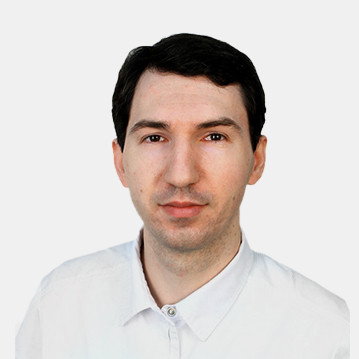
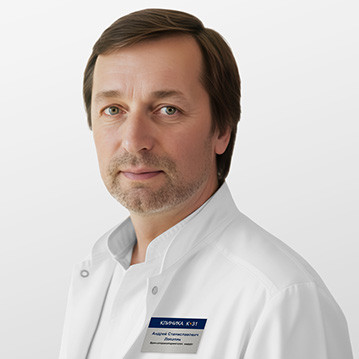
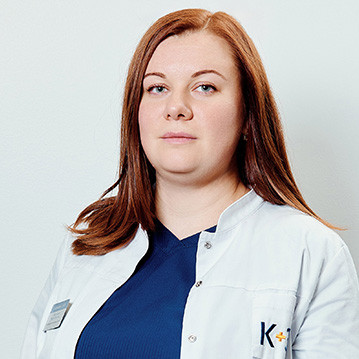
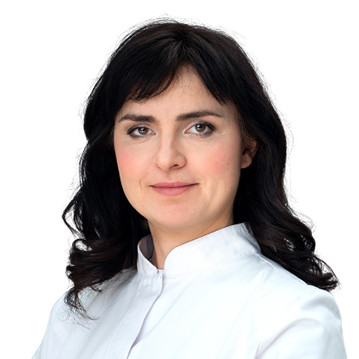
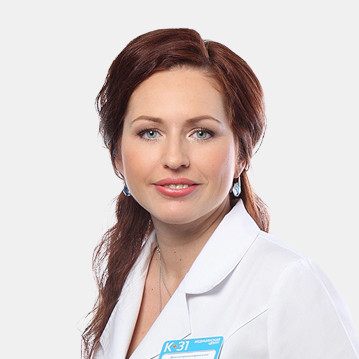
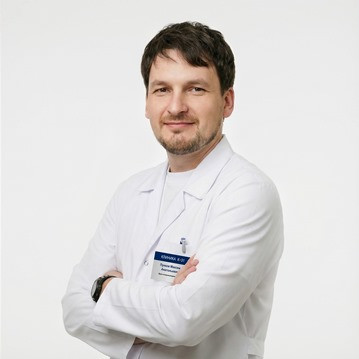
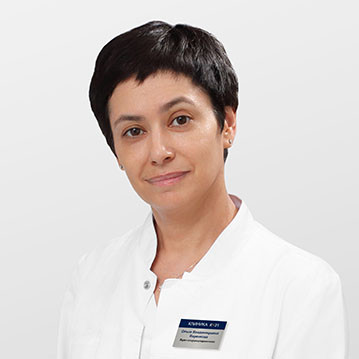
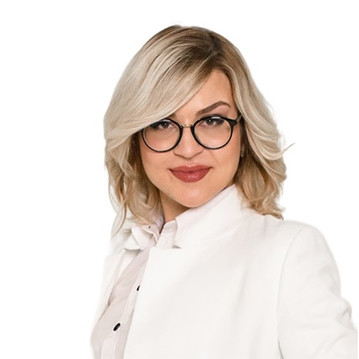
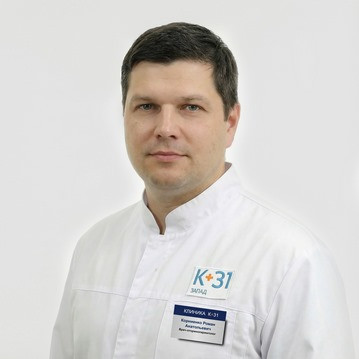
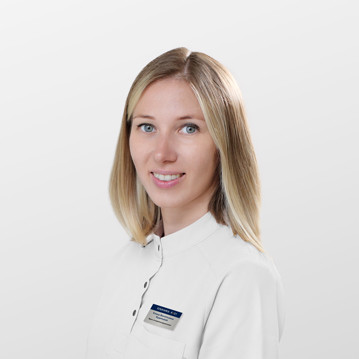
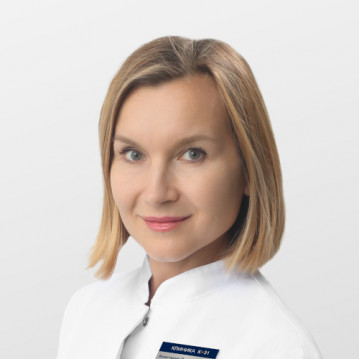
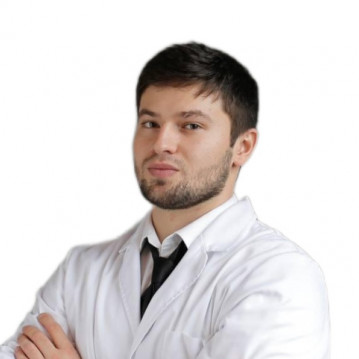

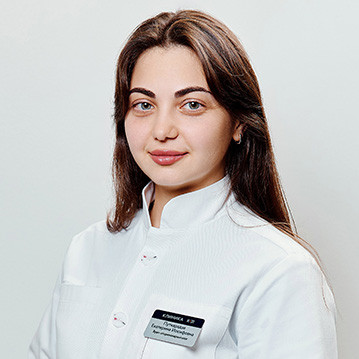
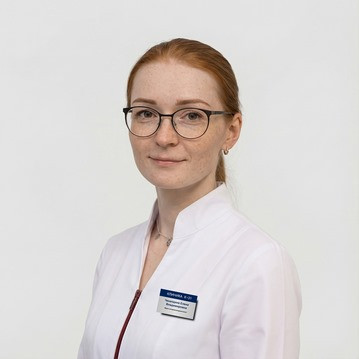
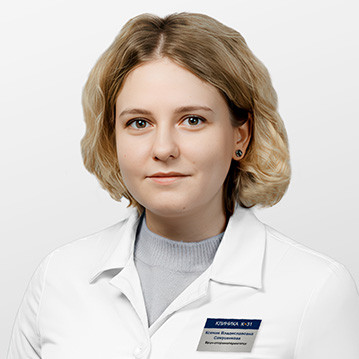
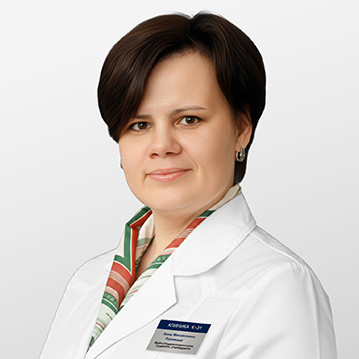

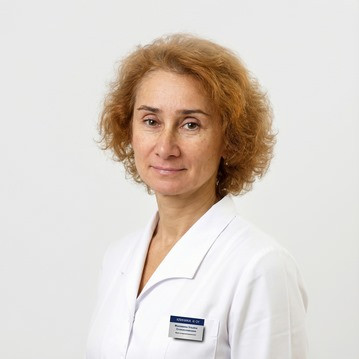







Why do adenoids grow?
Normally, in all parts of the pharynx (naso-, oropharynx and laryngopharynx) there are accumulations of lymphoid tissue, identical in their structural and functional significance. There are a pair of palatine tonsils in the pharynx, tubal tonsils in the area of the auditory tube, and lingual tonsils at the root of the tongue. Paired formations in the nasopharynx are called pharyngeal tonsils or adenoids.
With frequent inflammatory processes, the tissue increases in size and blocks nasal breathing. Nasal congestion and secondary diseases of the upper respiratory tract occur. The pathology is more common in children and adolescents.
The main reasons provoking hypertrophy of the pharyngeal tonsils:
Irritants cause swelling of the adenoids. Chronic inflammatory processes provoke hypertrophy. The cells of the lymphoid tissue begin to divide chaotically, the adenoids increase in size, and adenoiditis occurs.